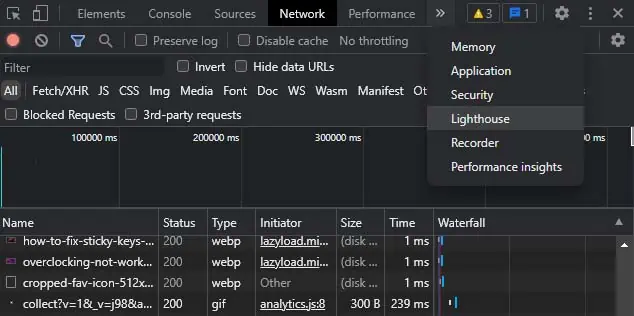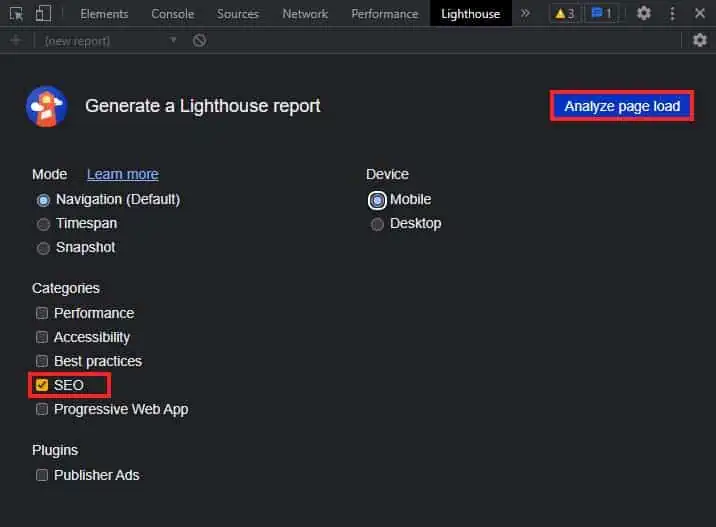The Chrome Developer Tools is a set of web-building toolkits that are directly built into the Chrome browser. It is a front-end developer toolkit mainly used for debugging, editing, and optimizing web pages.
If you’re a website owner or developer, Chrome Developer Tools offers various functions you can use to optimize your website for better user experience, test device compatibility, and improve SEO ranking.
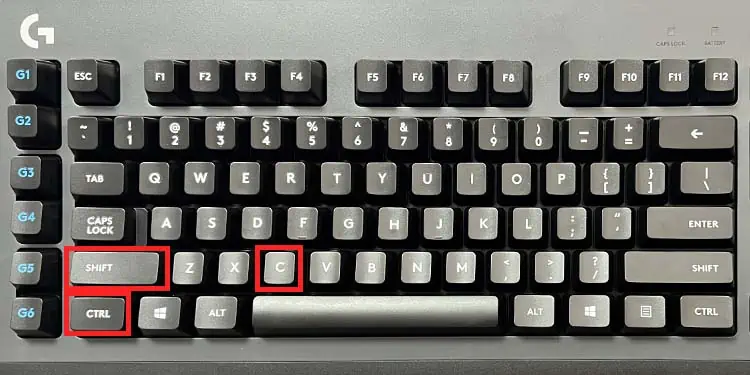
So, even if you have little to no programming knowledge as a website owner or a budding developer, it is pretty good to learn the basic use of Chrome Developer Tools. First, we’ll show how you can access the Developer Tools in Chrome.
Using keyboard Shortcuts
The easiest way to open Developer Tools in Chrome is by using the keyboard shortcuts. You can simply press theCtrl + Shift + Chotkey to directly open the Elements tab in Developer Tools. The Elements tab will show the attributes and CSS of all the elements present on the webpage.
If you’re trying to run Javascript or check the log and error messages of a webpage, you might want to open the Console tab in Developer Tools. you may use theCtrl + Shift + Jshortcut key to go directly to the Console tab.
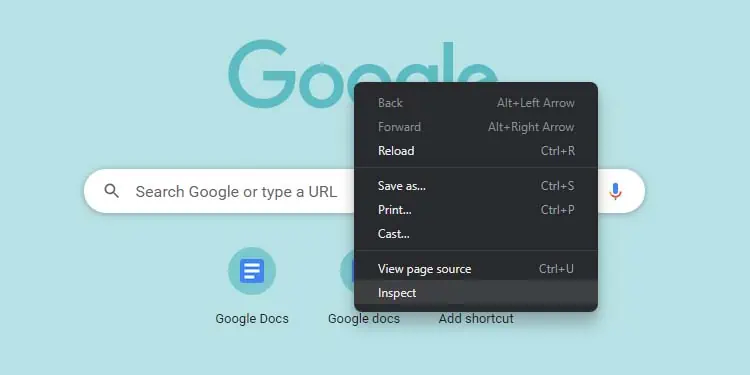
Lastly, you can either use theCtrl + Shift + Ior theF12key to open the last active tab in Developer Tools. For MacOS, the shortcut keys are roughly the same, and you only need to swap out theCtrlkey with theCommandkey and theShiftkey with theOptionkey to perform the equivalent shortcut.
Using Chrome User Interface
Another way you can open Developer Tools in Chrome is from the user interface itself. If you want to inspect the attributes of any element in Developer Tools, you can simply right-click it and selectInspect. It will directly open the Elements tab and lead you to the corresponding element attributes.
You can also go to theChrome menuin the top right, selectMore tools, and click onDeveloper toolsto open it. This will lead you to the last active tab in your Developer Tools.
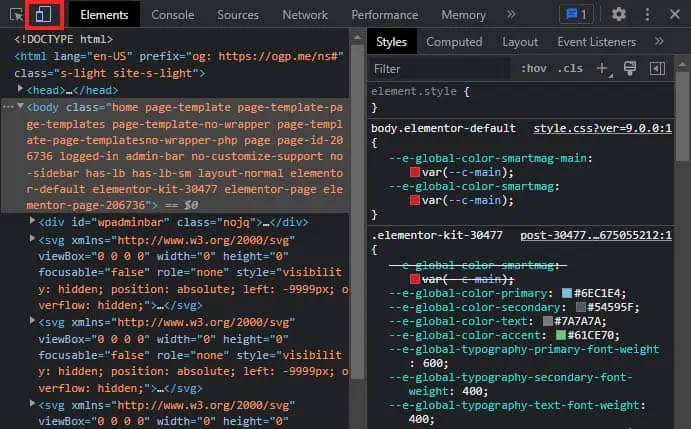
How to Use Chrome Developer Tools?
You can use Chrome Developer Tools for a variety of purposes like inspecting and editing a page’s HTML elements, debugging your code, viewing log files, and also measuring a webpage’s performance.
However, any changes you make in Chrome Developer Tools are only temporary and only affect the client side. As soon as you reload the webpage, the changes should revert back. Nonetheless, these temporary changes are still very useful for further optimizing a website.
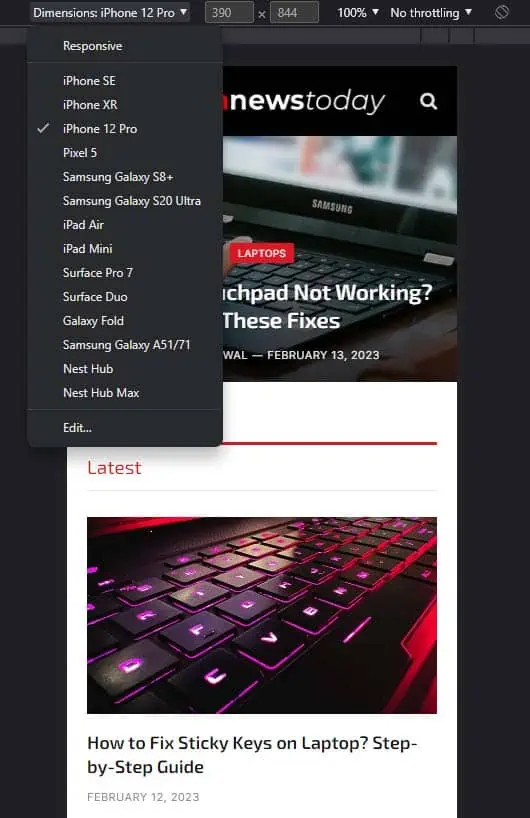
While you are certainly expected to have a little programming knowledge to use Chrome Developer Tools, you can still get some basic use out of it with no programming knowledge.
Before we begin, let’s get you a basic rundown of the few key tabs in Developer Tools.
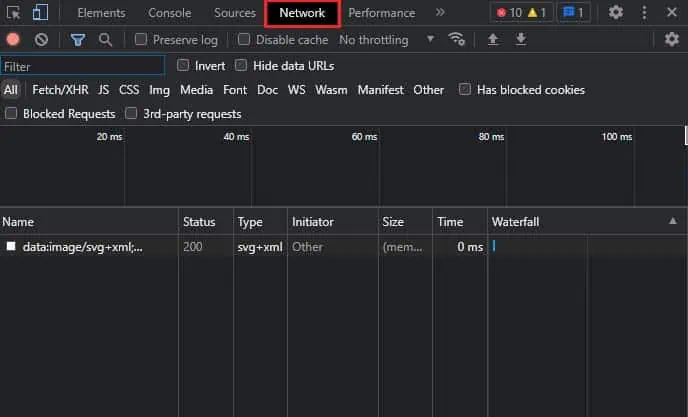
View Your Website on Different Devices
Using the Chrome Developer Tools, you can view how your website looks on different devices. While your website may look beautiful on desktop devices, it may not look as good on the smaller screens of smartphones.
So, you can test with different devices to see how your website will look with each of them, and you can use this information to optimize your website for them.
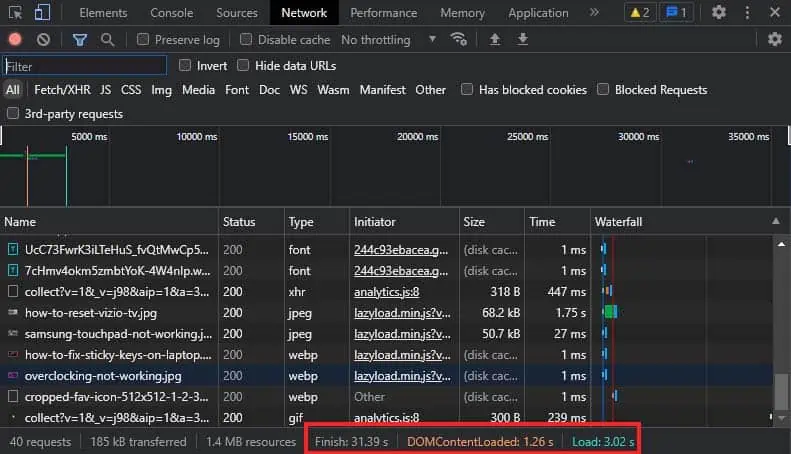
Check Page Load Speed and Network Requests
You can also check how fast your webpage loads from the Chrome Developer Tools. Website load speed is a crucial thing, as it massively affects website traffic and SEO ranking. Nobody likes waiting for aslow website to load, and it is essential you know how long your website needs to load and why.
Analyze Your Website SEO
You can also check if your website is following basic search engine optimization (SEO) advice from the Lighthouse tab in Chrome Developer Tools. While it only performs a basic level SEO check, you can still find useful tips to make your website rank higher in search engine results or make sure your website is following all basic SEO guidelines.
Additionally, you’re able to perform just about any test from the different categories present in the Lighthouse report likePerformanceorBest practices.
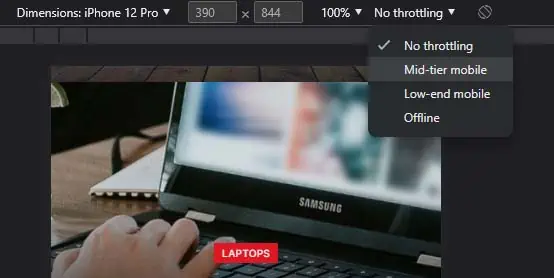
Lastly, if you want a full guide from basic to advanced levels of utilizing Chrome Developer Tools, you can go to Chrome’s ownDevTools Documentation.
